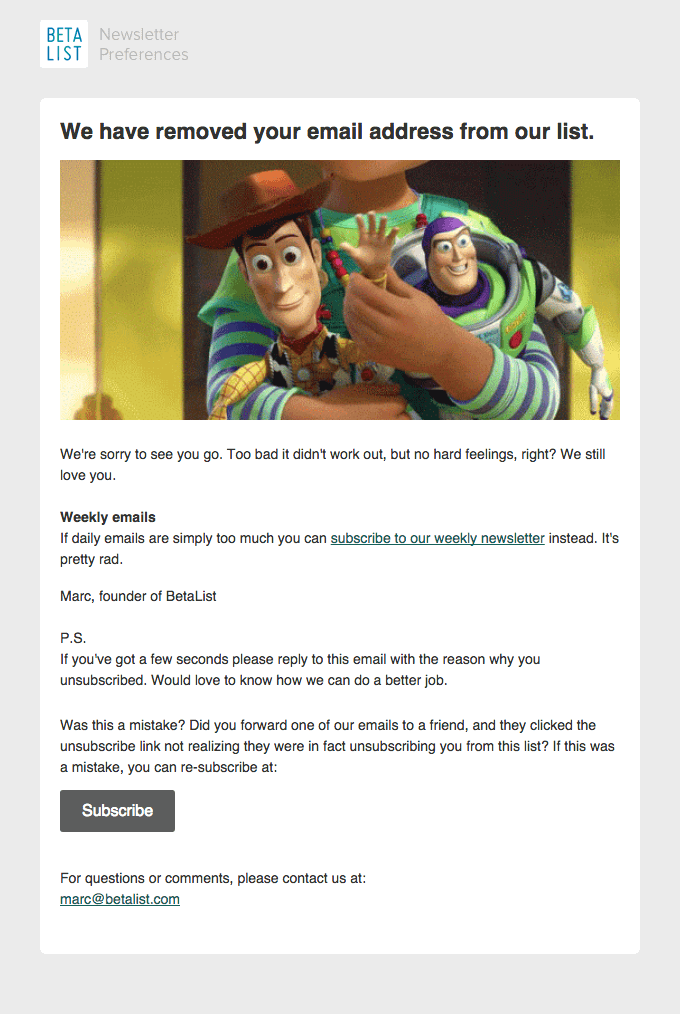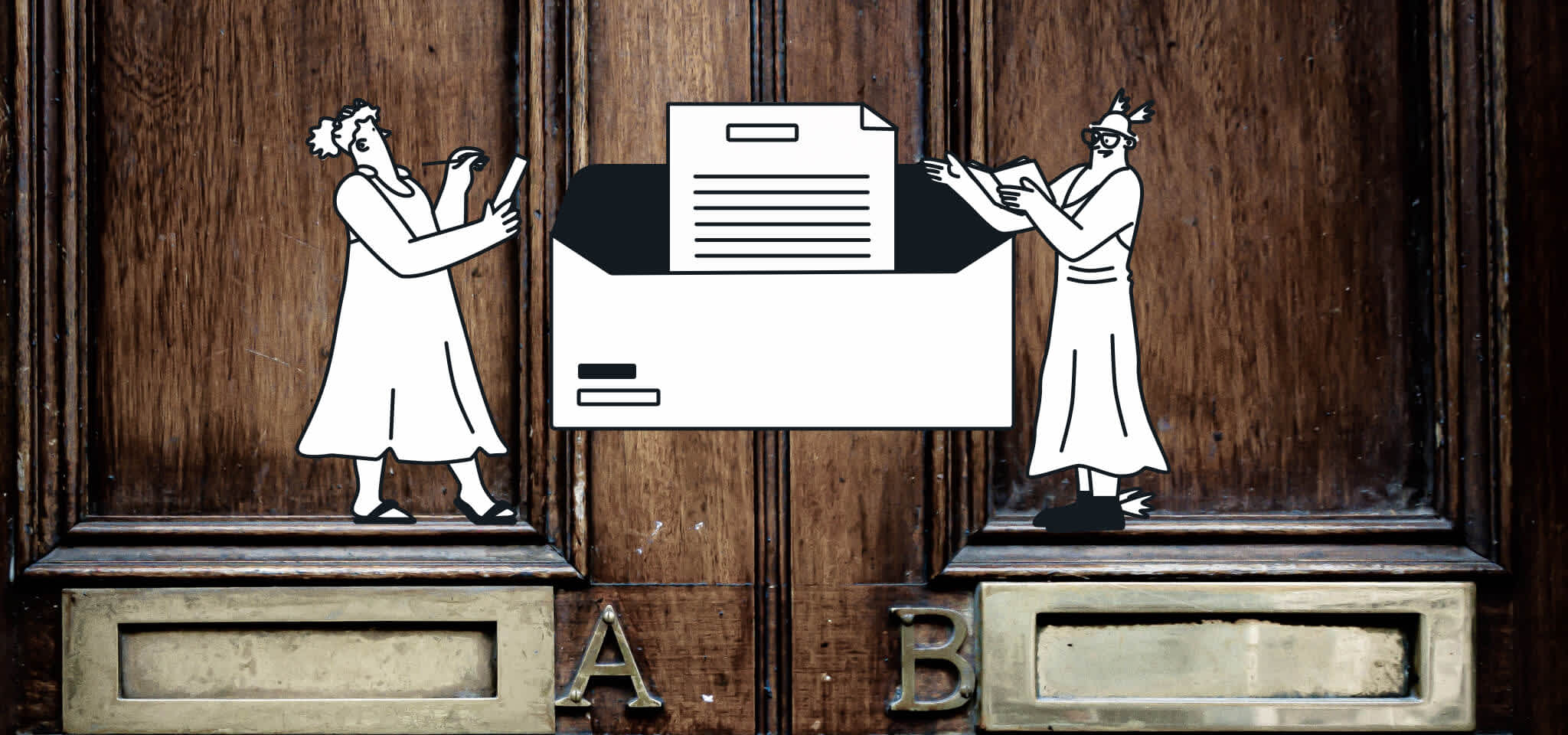Home
The Mailjet Blog
Email best practices
Re-Engaging Inactive Contacts in Your Email List: Tips and Examples
Email Best Practices
Reviving zombie contacts
Zombie contacts gobble up contact lists over time. We have just the antidote. Follow these steps to breathe life back into your sender reputation.

PUBLISHED ON
They gather in dusty contact lists. They haunt email marketers who have their guard down. Zombie contacts are not your run-of-the-mill brain eating, light-fearing walking dead you might be familiar with from pop culture. Unlike World War Z or The Walking Dead, these zombies feed off of email lists. Each year, a terrifying 25-30 percent of healthy email contacts are lost, due to a drop off in engagement for a variety of reasons - from being messaged too frequently to simply losing interest. Marketers see their sender reputations and sales take a hit from these sneaky zombie contacts over time.
Fear not though, we have just the antidote to prevent inactive contacts from gobbling up your campaigns. Follow these five steps to breathe life back into your email lists.
Table of content
Table of content
1. Define the symptoms of a zombie contact
First things first, define what an inactive contact means for your business. For our purposes, we’ll be talking about inactive users who have not opened or clicked an email over a certain period of time. Depending on your product or service and your send frequency, the expected average engagement of a user can vary. Across industries, the average is three to six months.
2. Quarantine
Once you’ve properly diagnosed your zombies, you’ll want to extract them onto a separate contact list or spreadsheet. Segmenting your inactive contacts will not only get you better organized to send a re-engagement campaign (which we’ll get to in a bit), but it will also make it easier to tease out common trends. Perhaps you’ll find certain geographies or age groups engage in a different frequency and can further analyze why that might be the case from putting together those similarities.
3. Bring them back to life
Now you’re ready to apply the anecdote and try bringing your zombie contacts back to life with a re-engagement campaign. Whether it’s exclusive content or a can’t-be-passed-up promotion, review your segments and think over what this particular audience would be most interested in. Examples that have caught my attention in the past have used a good mix of personalization, with subject lines such as “Hey Denise, are you still there?”, or “You’ve been missing out on xyz”.

4. If all else fails, run
That’s right, run. You know that scene in all horror movies where the suspenseful music starts building up and the protagonist walks towards the noise coming from upstairs? Meanwhile, we’re all yelling for them to turn the other way and flee the scene. Sometimes you just have to know when to cut your losses. Contacts that did respond to the re-engagement campaign can be added back into your contact lists.
However, for the contacts who still aren’t responding, it’s time to consider removing them from your lists. While it may initially hurt to see your contact list size shrink, when it comes to sender reputation it’s all about quality over quantity. You can actually even turn this into a learning opportunity, by sending these users a brief survey, letting them know they will be removed from the list while asking them why they became disengaged and what they would like to see changed.

5. Always be on the lookout
Congrats! You’ve survived. But don’t let your guard down - those zombie contacts are unforgiving! All users are prone to becoming disengaged over time, especially if they have full inboxes of subscriptions, they’re more likely to become overwhelmed with content.
As one metric to ensure users want to receive your content and to enforce that senders are creating high quality content, ISPs track your contact list engagement. Also, email addresses that remain inactive for a very long period of time can sometimes be turned into spam traps which are also used to identify senders who are dabbling in spammy behavior or are not regularly cleaning their lists.
To maintain your sender reputation, make sure to regularly review your contact lists for inactive users. While this also depends greatly on how frequently you send, a good benchmark is to review on a monthly basis.
We love a good scare in spirit of Halloween month, but hopefully you’ll realize that working with zombie contacts is more of a treat than a trick! What are some frightfully good re-engagement campaigns that you’ve created in the past or perhaps come across in your inbox? Share with us below!








